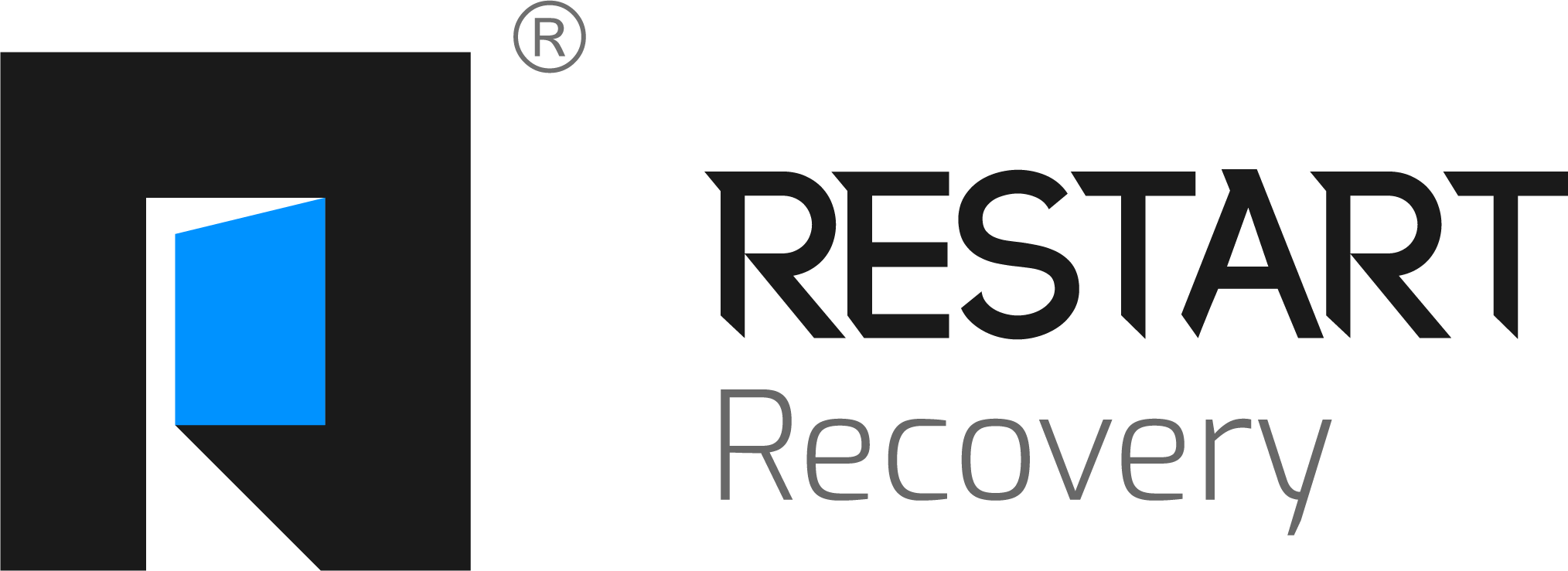Addiction vs. Habit: What’s the Difference?
- Yasmin Maghsoudloo
- Apr 26
- 3 min read

Addiction vs. Habit: What’s the Difference?
When we think of behavior patterns like smoking, drinking coffee, or binge-watching shows, many people might use the terms "habit" and "addiction" interchangeably. While they may seem similar, addiction and habit are fundamentally different concepts. Understanding the key distinctions can help you recognize when a behavior has crossed the line into something more harmful.
In this blog, we’ll explore the differences between addiction and habit, focusing on the role of control, brain chemistry, and the impact on daily life.
1. Definition: Habit vs. Addiction
Habit: A habit is a behavior that is repeated regularly and tends to occur subconsciously. It’s something you do routinely, often without thinking. Habits can be both positive (exercising every morning) and negative (biting your nails). They don’t necessarily cause harm, but they can be hard to break.
Addiction: Addiction, on the other hand, is a chronic condition characterized by compulsive behavior despite negative consequences. It often involves the brain’s reward system, leading to a physical or psychological dependence on a substance or behavior (e.g., drugs, alcohol, or gambling). Addiction overrides normal decision-making processes and can be difficult or impossible to control without help.
2. Control and Awareness
Habits are generally easier to control or modify. Once you become aware of a habit, with discipline and effort, you can consciously decide to change it. For example, if you realize that drinking coffee in the afternoon affects your sleep, you can reduce or stop this behavior by making a mindful choice.
Addiction, however, involves a loss of control. People with addictions may want to quit or reduce their use of a substance or behavior, but they often find it extremely challenging without support. The brain’s chemistry changes in response to addiction, creating powerful cravings that can override logical decision-making.
3. Brain Chemistry
Habits and addiction both involve the brain, but in very different ways.
Habits are linked to a part of the brain called the basal ganglia, which governs routine behaviors and automatic responses. Once a habit is established, the brain doesn’t need much conscious effort to repeat it. This is why breaking a habit can require intentional practice but doesn’t necessarily involve intense cravings.
Addiction primarily affects the brain’s reward system, particularly the release of dopamine, a chemical that makes us feel pleasure. Substances like drugs and alcohol, or behaviors like gambling, flood the brain with dopamine, reinforcing the behavior. Over time, the brain becomes dependent on this dopamine surge, making it difficult to function normally without the addictive substance or activity.
4. Impact on Daily Life
Habits often fit seamlessly into daily routines and may not disrupt one’s life. For example, brushing your teeth before bed or drinking coffee in the morning are habits that don’t have a significant negative impact. Even bad habits, like staying up late or eating too much sugar, can be adjusted with a little effort and discipline.
Addiction, however, can have devastating consequences. It may interfere with personal relationships, work, and health. Someone with an addiction may prioritize the addictive behavior over everything else, leading to financial, emotional, and even legal problems. Addiction can consume a person’s life, making it difficult to focus on anything other than the next “fix.”
5. Withdrawal and Dependence
When you stop a habit, there may be mild discomfort or irritation, but it doesn’t usually involve severe withdrawal symptoms. For example, if you decide to stop biting your nails, you might feel restless or fidgety, but the consequences are minimal.
Addiction, in contrast, often leads to withdrawal symptoms when the substance or behavior is stopped. For drug or alcohol addiction, these symptoms can be severe, including nausea, anxiety, tremors, or seizures. In some cases, withdrawal can be life-threatening, which is why medical supervision is often necessary during the detox process.
6. Treatment and Support
Breaking a habit typically requires personal discipline, mindfulness, and sometimes external cues or support, like using a reminder app or changing your environment.
Treating addiction often requires professional help, such as counseling, therapy, or medical intervention. Because addiction involves changes in brain chemistry and a loss of control, it’s more complex to overcome. Many people benefit from structured programs like rehabilitation centers, support groups, or medication-assisted treatment (MAT) to manage cravings and withdrawal symptoms.
Conclusion: Understanding the Differences
In summary, while habits are routine behaviors that can be changed with effort and mindfulness, addiction is a chronic disease that requires more comprehensive treatment. Recognizing the difference between the two is essential for identifying when a person needs professional help.
If you or a loved one is struggling with addiction, remember that treatment is available, and recovery is possible with the right support. Seeking help early can make all the difference.
Need Help? Our addiction treatment center offers personalized treatment plans to help you or a loved one overcome addiction. Contact us today to learn more about our programs and how we can support your recovery journey.





Comments